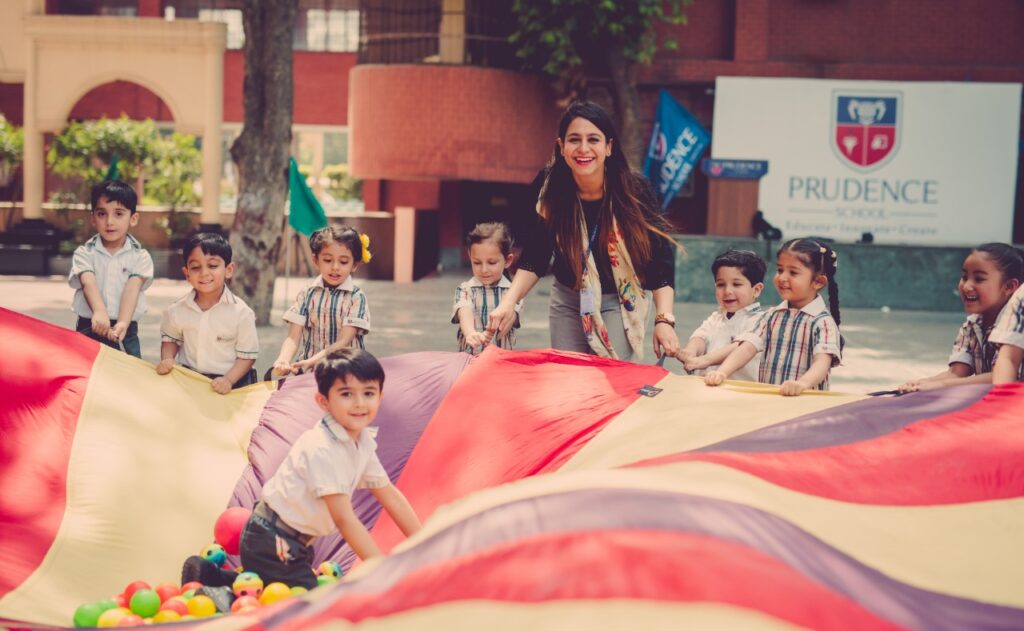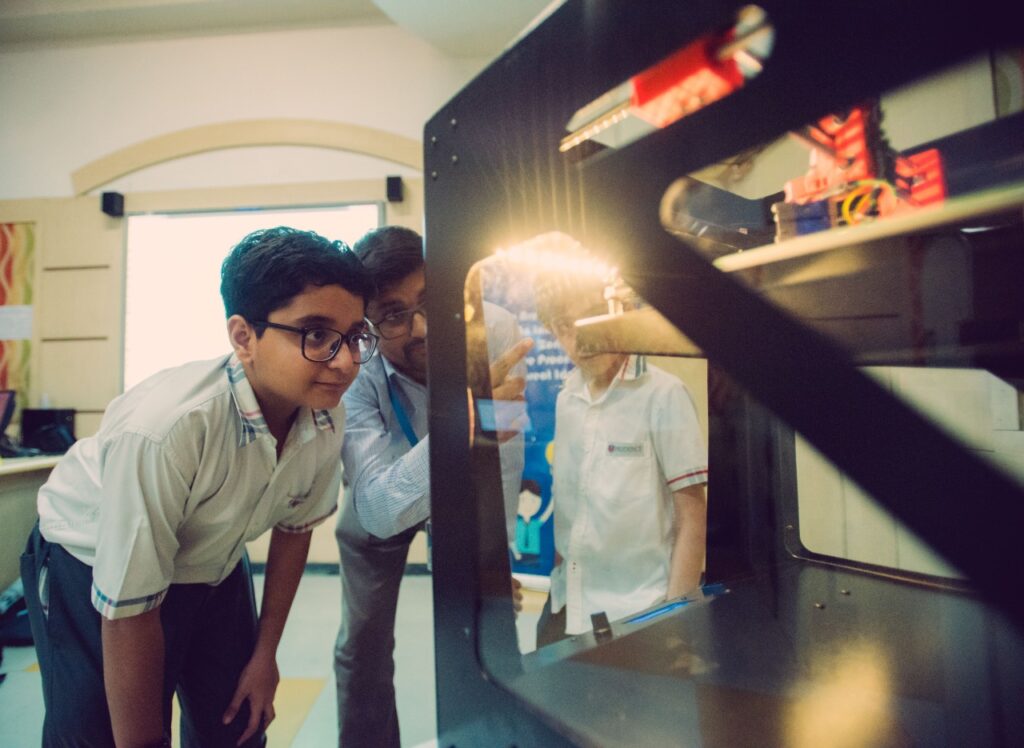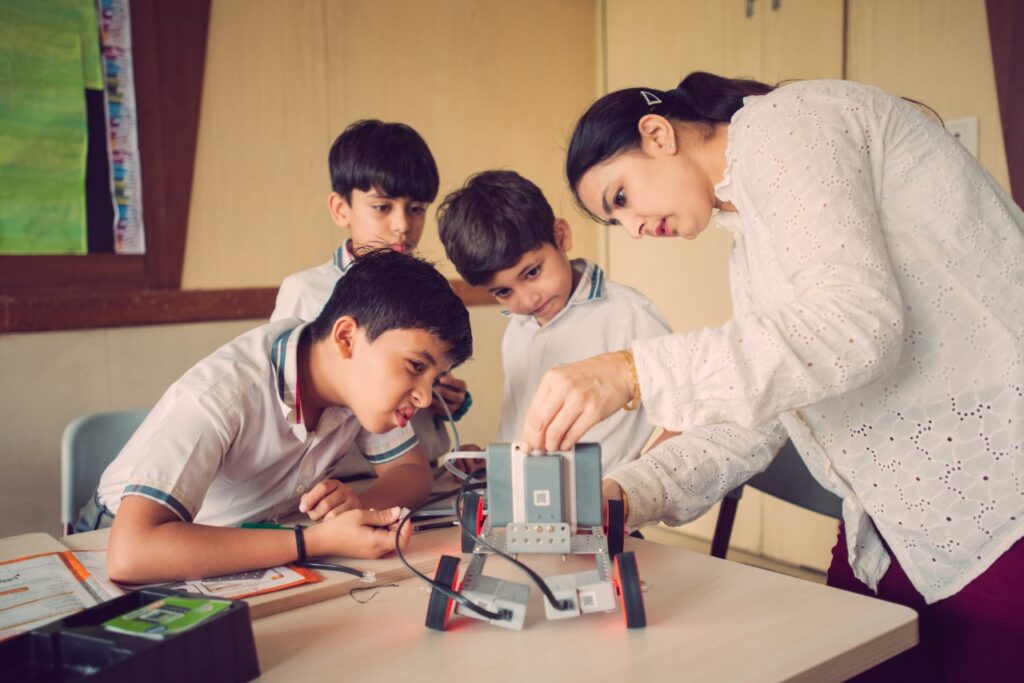“Collaboration is being open to each other’s ideas and benefiting from each other’s perspectives openly”.
Understanding COLLABORATION is not that difficult because in our daily lives we are constantly collaborating. Most of us are collaborators. We are most of the time working with others to take ahead the assignments we have in hand or to find solutions to problems we face. It is important in every aspect of life.
Nonetheless, all of us may not be very good at implementing it very smartly. Our skill of collaboration must be built and strengthened through practice. A person who is a skilled collaborator has more possibilities for success later in life.

The importance of TOGETHERNESS and TEAMWORK must be taught early in life. Today our world of information and communication allows the transfer of knowledge more quickly than ever. However, will our children be able to use the huge influx of information available, to solve important problems and challenges they encounter in their daily lives, all by themselves? The answer is obvious.
Hence, WORKING TOGETHER on a project or for a common goal, respecting the importance and contribution of every member and the relationship that binds them together is a crucial life skill to be learnt. Students need to be given ample opportunities to build this very important skill to achieve better results and be happier, and more successful in life.

Nevertheless, we need to understand that simply making students sit next to each other and work in a group, doesn’t mean they are collaborating. Collaboration in the classroom must not be mistaken for just group work. The important thing that needs to be taken care of is to ensure students are ACCOUNTABLE TO ONE OTHER, to their partners in the group.
COMMUNICATION is the cornerstone of collaboration. Children need to share their work with their team, receive feedback and understand how to make actionable improvements. Students need to communicate and be open to suggestions for the greater good of their collective productive work. Communication helps us to empathize with each other’s problems and strengthen relationships. Communication leads to tasks being completed more efficiently, resulting in more successful projects. Communication reduces project errors and setbacks – saves time and money.

When team members communicate and collaborate, they are more likely to work together to find newer and better ways of doing things. They are more likely to be open to each other’s suggestions creating a GREATER SENSE OF EQUALITY among team members. The more they work together, the more they learn. They learn to live with each other’s likes, dislikes, strengths, and weaknesses too.
Communication – is not just speaking and writing. They may be the main components, but LISTENING is a vital factor in good communication. Sometimes people are so caught up in what they wish to say that they forget to listen and hence are not in a situation to contribute anything useful to the conversation.

FLEXIBILITY is an invaluable asset that is inbuilt into good collaborative work. Increased flexibility in group work is created by developing an environment where everyone feels safe to give input and suggestions. When doing any teamwork, regular meetings where everyone has a chance to be heard, help the team to thrive. Sometime our suggestions may not work out. Hence, understanding that failure is not the opposite of success, it is a part of success, is also an important life lesson.
Teaching children to have PATIENCE and EMPATHY in a team, especially when handling disagreements and discussions is vital. Listening patiently to their point of view, being empathetic and then gradually putting across your perspective, perhaps even turning them around more logically and sensitively is a sensible and better way to deal with difficult situations. When collaboratingbepatient andself-aware. Great communicators will know when a contribution is needed and when it’s best to let others take the floor.

It is said, “The strength of the team, is each individual member and the strength of each member is the team.” If we wish children to succeed and achieve well in life, let us empower them with the values of TEAMWORK, COLLABORATION, AND TOGETHERNESS.
Dr G. S. Matharoo
Chairman
Prudence Group of Schools
